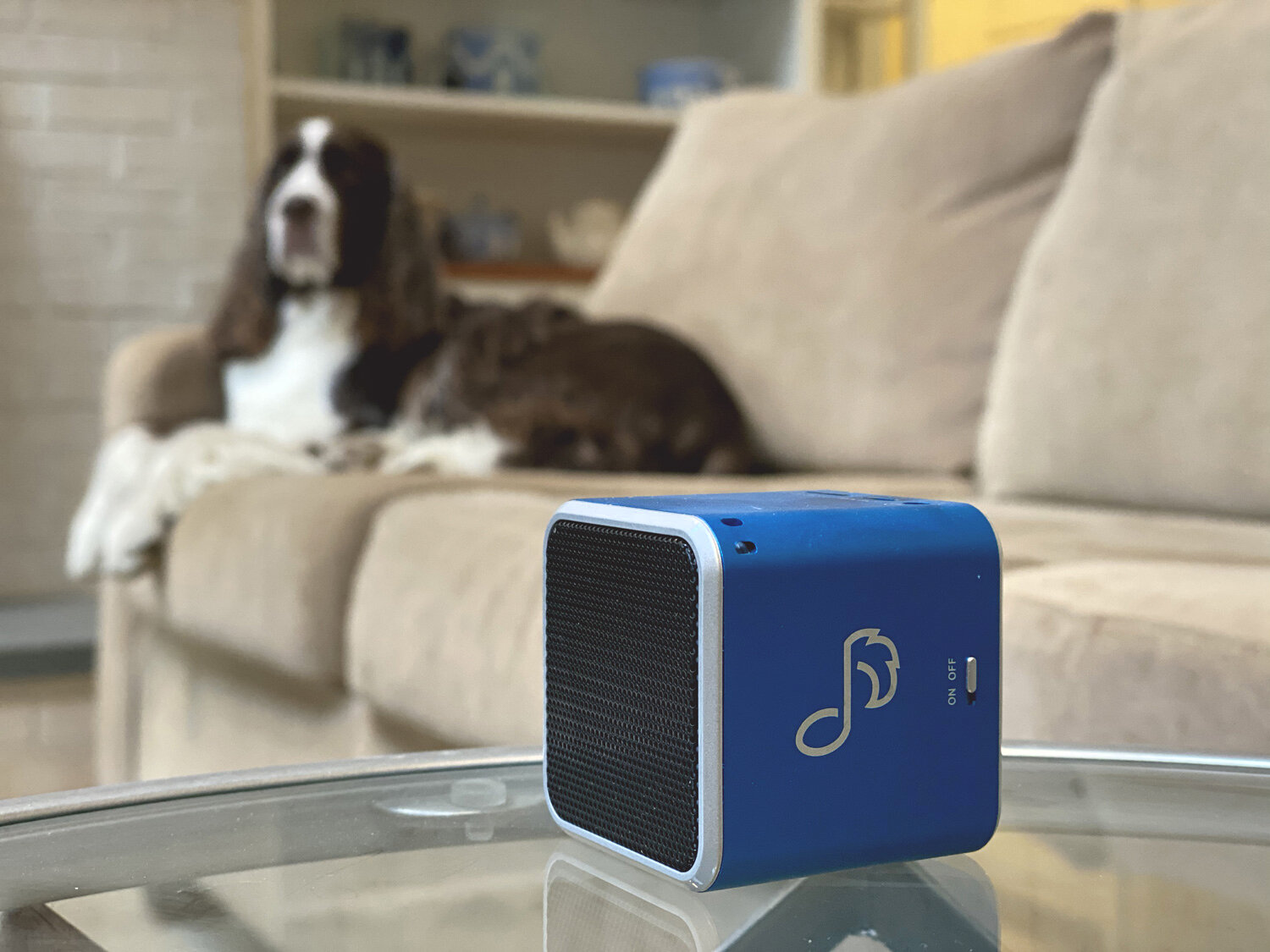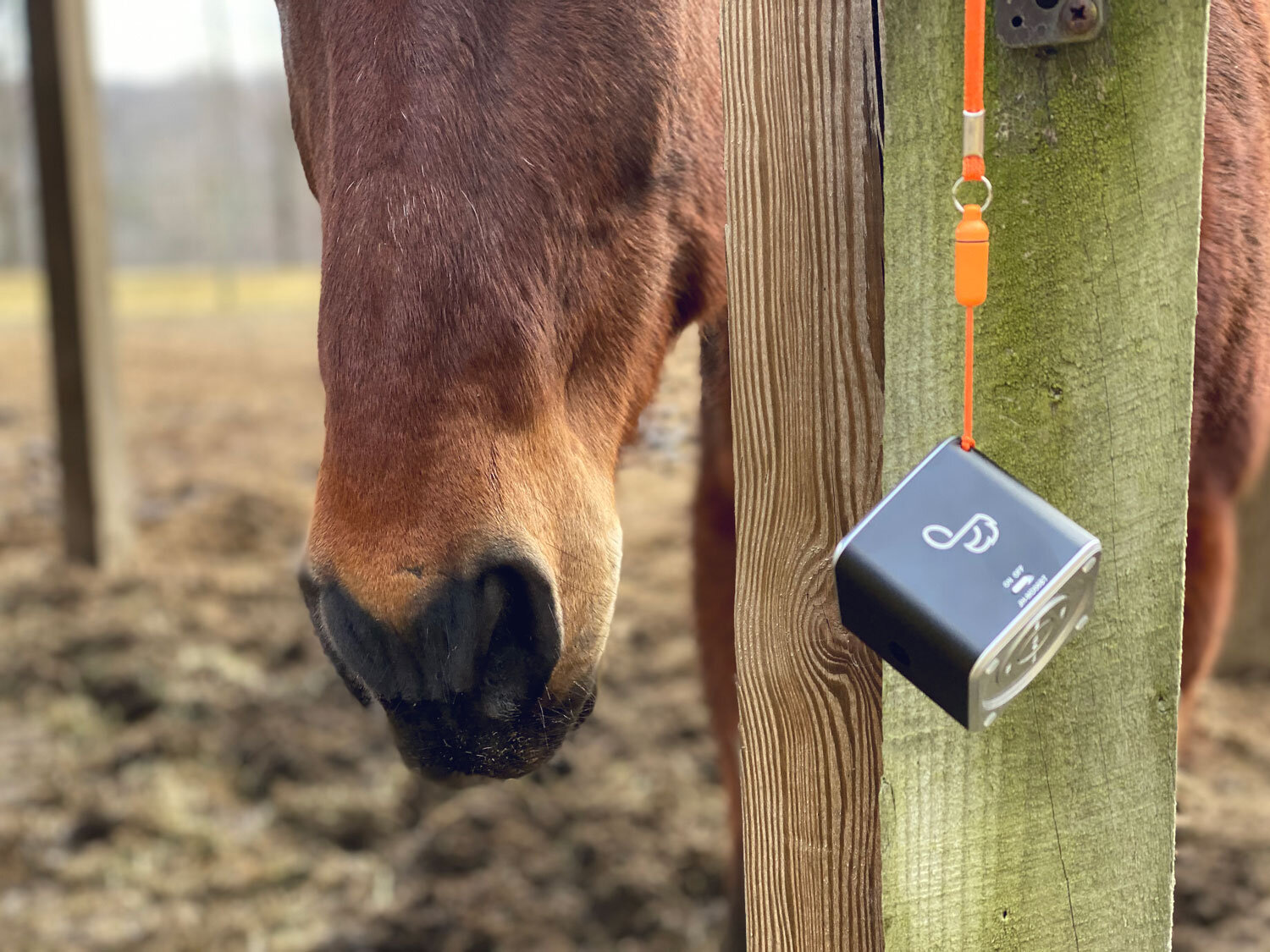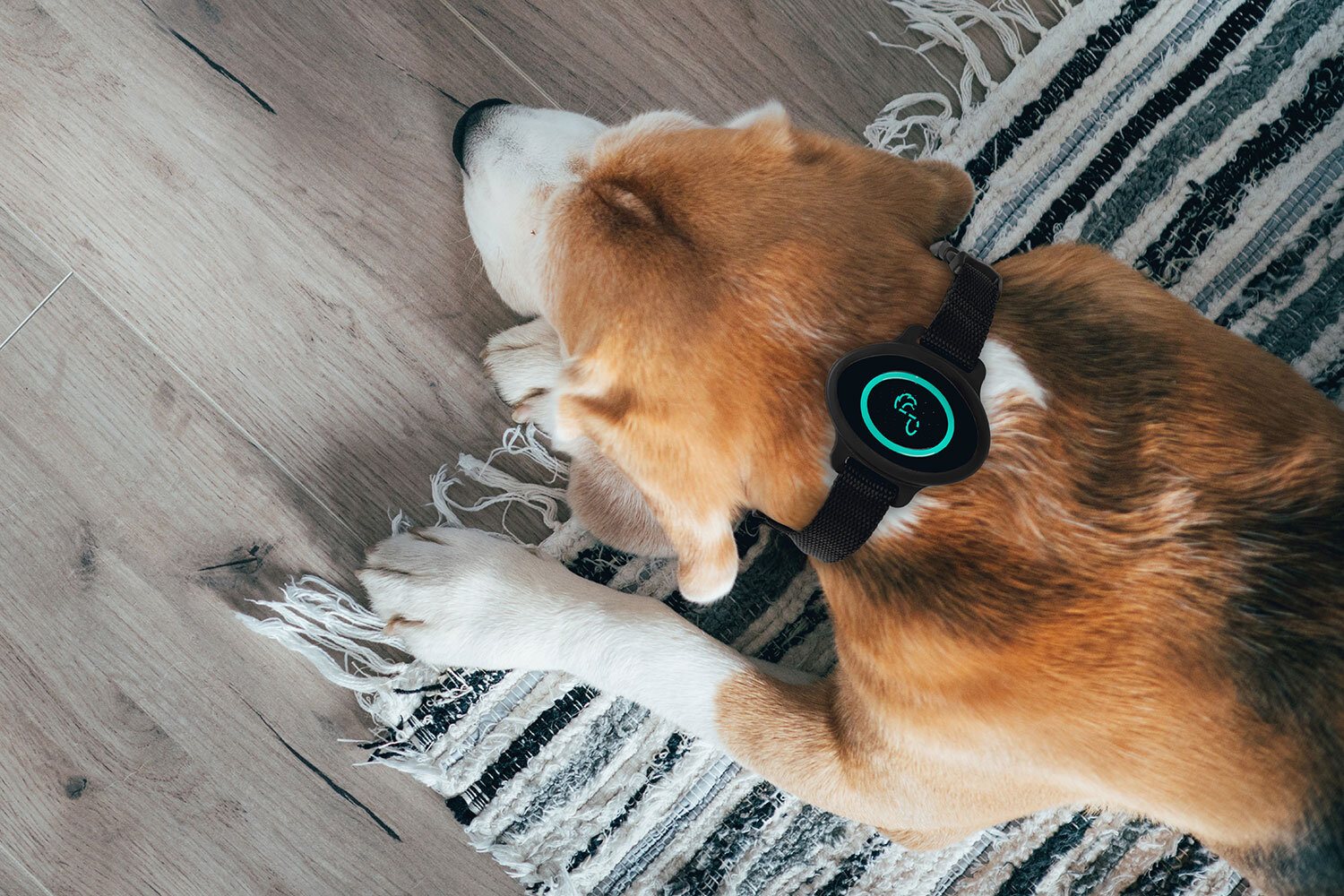Fireworks Freakouts: Don’t Let Your Pet Panic
How to Calm Your Pet During Fireworks with Sound-Based Solutions
Fireworks might be fun for us—but for our pets, they can be a source of overwhelming stress. If you’re a pet parent, you’ve likely seen the signs: trembling, hiding, barking, panting, or even destructive behavior. And you’re not alone. Fireworks are one of the most common triggers of anxiety in both dogs and cats.
So how can you help your furry friend stay calm during fireworks season? In this blog post, we’ll explore why fireworks are so distressing to pets and share actionable, science-based solutions—including how the Pet Acoustics+ App can be your go-to calming tool.
Why Fireworks Cause Anxiety in Pets
Fireworks are unpredictable, high-volume bursts of noise that affect pets on a biological level. Unlike humans, pets can hear frequencies up to twice as high, meaning every boom, whistle, or crackle is intensified for them. They also can’t predict when it will stop, which keeps their nervous system on high alert.
Common signs of fireworks stress include:
Pacing or restlessness
Hiding under furniture
Barking, yowling, or whining
Trembling or drooling
Destructive behavior
Loss of appetite
Chronic exposure to these stressors can lead to long-term noise phobia if not addressed early.
How Sound Becomes the Solution
At Pet Acoustics, we’ve spent years developing a solution that uses sound itself to calm the nervous system. Our Pet Acoustics+ App offers species-specific music that’s been biometrically validated to help dogs and cats lower their stress responses.
Our music is:
Frequency-modified to fit your pet’s hearing range
Composed with soothing, sustained tones
Designed to reduce heart rate, slow breathing, and lower cortisol levels
In other words, it works with your pet’s biology, not against it.
Prep Before the Booms Begin: A Fireworks Checklist
The best way to help your pet during fireworks is to start early. Here’s how to prepare:
✅ 1. Create a Safe Zone
Set up a cozy space in a quiet room with soft blankets, favorite toys, and access to water.
✅ 2. Play Calming Music Early
Start the Pet Acoustics+ music at least 30 minutes before fireworks begin to help your pet settle.
✅ 3. Dim the Environment
Close windows, curtains, and doors to minimize sound and visual triggers.
✅ 4. Stay Calm Yourself
Your energy sets the tone—calm owners create calm pets.
✅ 5. Use a Calming Wrap
A Thundershirt or similar compression wrap can add a sense of security.
What to Do During the Fireworks
If fireworks are already underway and your pet is anxious:
Keep playing Pet Acoustics+ music at a consistent volume
Let your pet hide if they choose to—don’t force interaction
Distract with puzzle toys or gentle play (if they’re receptive)
Offer water and speak in a calm, low voice
Never punish fearful behavior—this only reinforces the trauma
After the Fireworks: Don’t Skip Recovery
Even once the noise ends, your pet’s stress may linger. Help them come back to balance by:
Continuing calming music for another 30–60 minutes
Keeping things quiet and low-stimulation
Offering light treats or a favorite chew
Monitoring behavior and noting any extreme reactions to share with your vet
Long-Term Relief with the Pet Acoustics+ App
If fireworks aren’t just a one-time issue, consider using the Pet Acoustics+ App regularly. It’s a long-term solution for noise anxiety, with features including:
Calming music streaming for dogs and cats
Playlists for fireworks, thunderstorms, separation anxiety, and vet visits
A free pet hearing test to evaluate your dog or cat’s hearing sensitivity
Monthly and yearly subscription options
The app is based on years of sound behavior research and has helped thousands of pets around the world find peace—even when the world outside is loud.
Help Is Just a Tap Away
Don’t let fireworks turn into fear. Start playing calming music before the first boom and help your pet stay safe, soothed, and stress-free. With Pet Acoustics+, you’re not just calming your pet—you’re strengthening the bond you share.
🎧 Download the Pet Acoustics+ App today on the App Store or Google Play and try the free hearing test—because calm starts with care.



























